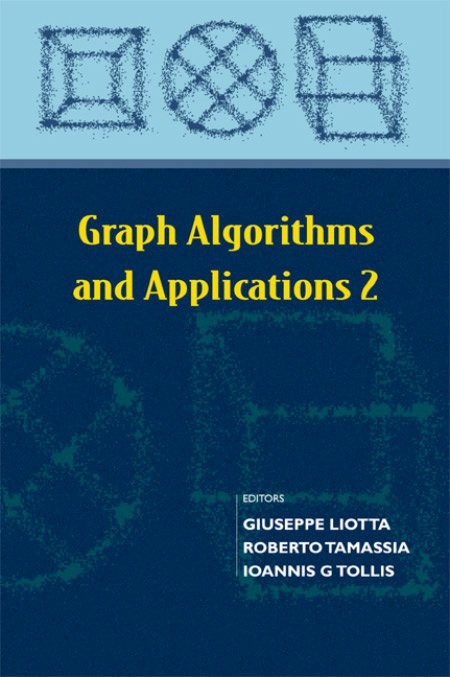Geometric Thickness of Complete Graphs
Research supported in part by NSP Grants CDA-9617349, CCR-9703572, CCR-9258355, and matching funds from Xerox Corp. A preliminary version of this paper appeared in the Sixth Symposium on Graph Drawing, GD '98, (Montréal, Canada, August 1998), Springer-Verlag Lecture Notes in Computer Science 1547, 102–110.
We define the geometric thickness of a graph to be the smallest number of layers such that we can draw the graph in the plane with straight-line edges and assign each edge to a layer so that no two edges on the same layer cross. The geometric thickness lies between two previously studied quantities, the (graph-theoretical) thickness and the book thickness. We investigate the geometric thickness of the family of complete graphs, {Kn}. We show that the geometric thickness of Kn lies between ⌈(n/5.646) + 0.342⌉ and ⌈n/4⌉, and we give exact values of the geometric thickness of Kn for n ≤ 12 and n ∈ {15,16}. We also consider the geometric thickness of the family of complete bipartite graphs. In particular, we show that, unlike the case of complete graphs, there are complete bipartite graphs with arbitrarily large numbers of vertices for which the geometric thickness coincides with the standard graph-theoretical thickness.



